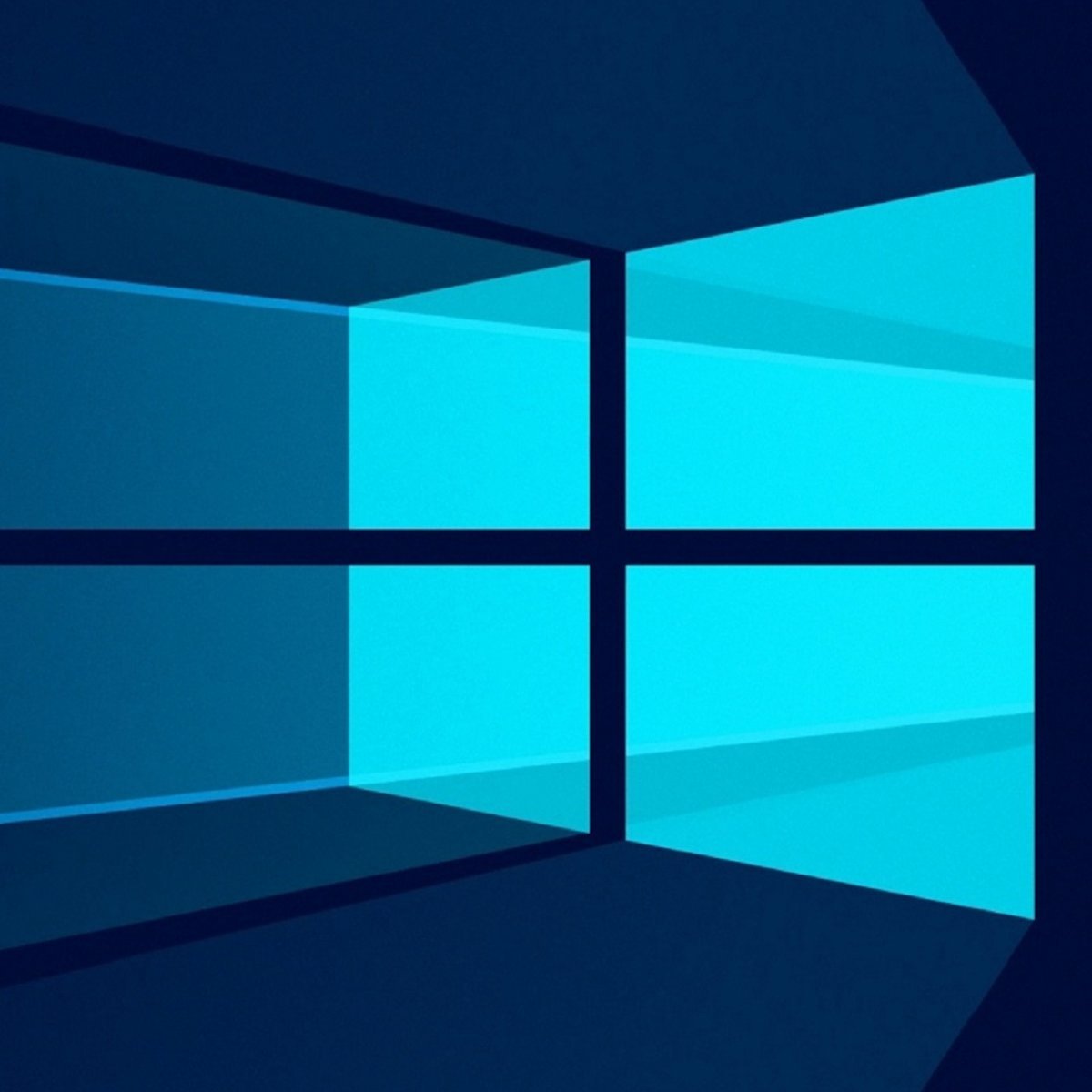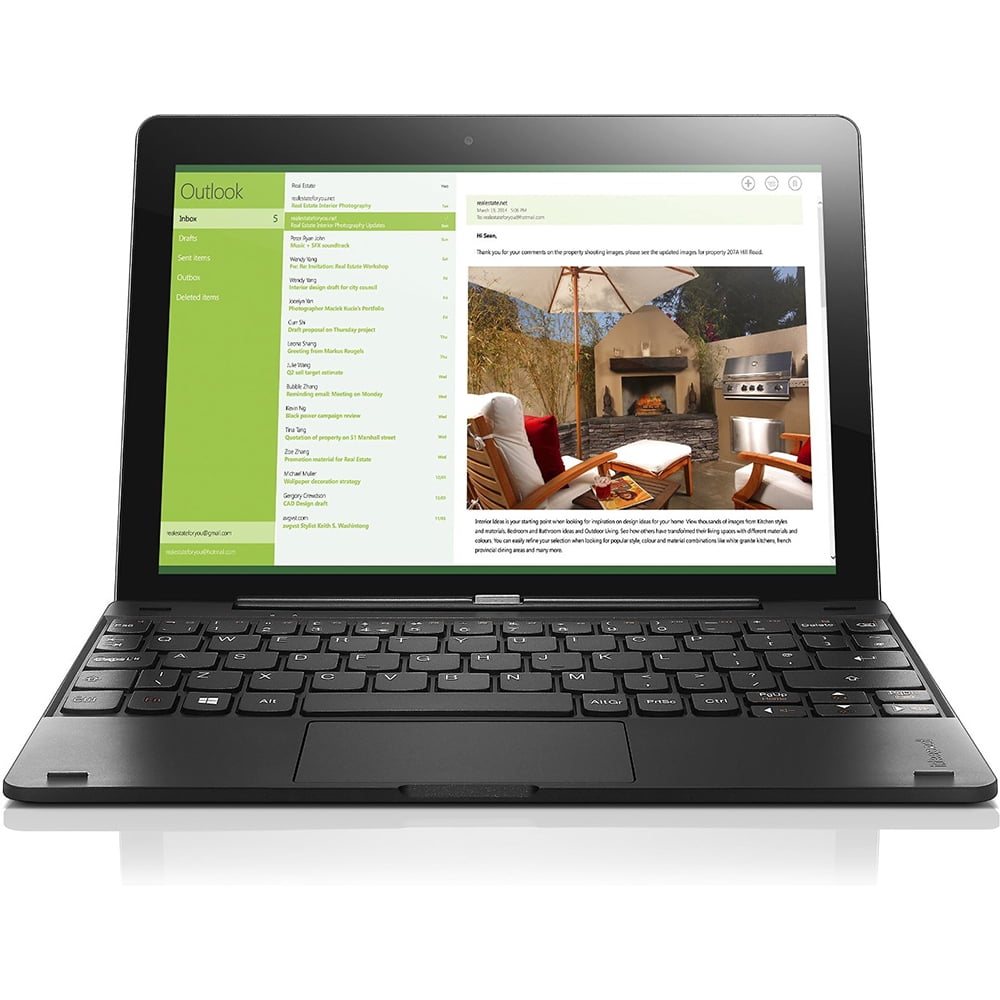
- Intel atom software compatibility windows 10 install#
- Intel atom software compatibility windows 10 drivers#
- Intel atom software compatibility windows 10 upgrade#
- Intel atom software compatibility windows 10 windows 10#
- Intel atom software compatibility windows 10 android#
The only place where the Acer Aspire One feels old is the booting process, as Windows 10 needs approximately 40 seconds for a cold start.

So basically, Windows 10 makes the 7-year-old netbook work better than on Windows XP, which was clearly an operating system whose system requirements made it a bit more appropriate for such old hardware.
Intel atom software compatibility windows 10 drivers#
Once this came to an end, Windows 10 not only installed all drivers automatically but it also changed the resolution to 1024圆00 pixels, which is actually the default resolution that the device supports. Installation was performed via a USB drive and completed in approximately 15 minutes, plus a couple of minutes needed to set up the user account.
Intel atom software compatibility windows 10 upgrade#
This means that our Acer Aspire One more or less qualifies for the upgrade to Windows 10, but what’s worth mentioning is that this netbook previously ran Windows XP with a resolution of 800圆00 pixels. The result is surprising to say the least, as installation not only went impressively fast but Windows 10 also works fast as long as you’re not launching a very demanding app such as Photoshop.īasically, Windows 10’s system requirements are the following (note that additional hardware might be needed to use special features, such as Windows Hello):ġ gigahertz (GHz) or faster processor or SoCġ gigabyte (GB) for 32-bit or 2 GB for 64-bit Since Microsoft made so many changes to Windows 10 in order to make it work on the majority of devices out there, we performed a quick test to see how smoothly it can run on a 7-year-old Acer Aspire One powered by Intel Atom N450 processor clocked at 1.66 GHz, 1 GB of RAM, and a 320 GB hard disk.
Intel atom software compatibility windows 10 android#
Other smartphone manufacturers which want to diversify away from the crowded Android market, like Windows Phone makers HTC and Samsung, could also follow suit with Intel-powered Windows 10 devices.Windows 10 will launch in less than a week and it is supposed to work flawlessly on devices already powered by Windows 7 and Windows 8.1, as Microsoft struggled to keep system requirements unchanged to make sure that everything runs smoothly. While that wouldn't be a huge loss for ARM, it would grant Intel a much firmer foothold in the mobile market than its limited selection of x86 Android devices. When Windows 10 launches for smartphones, I believe that Intel's processors will replace ARM-licensed ones in Microsoft's Lumia devices. Asus ' ZenFone and FonePad, Lenovo 's K900, and Motorola RAZR i are all Intel-powered Android phones. Will this be Intel's chance to shine? Intel's new Atom processors are slowly becoming relevant again in the smartphone market. According to IDC, Windows Phone only accounted for 2.5% of the global smartphone market in the second quarter, down from 3.4% a year earlier.

While this kind of bold change would be a huge risk for a company like Samsung (NASDAQOTH: SSNLF) ( as we recently saw with Tizen), Microsoft doesn't have anything to lose at this point. Cloud-based synchronization and backup options could then make a Windows 10 phone feel like a true extension of a user's desktop or laptop PC. Just like desktop and mobile versions of websites, popular Windows software could switch between the two modes depending on the device. These new phones would run both Windows Store apps and scaled down versions of x86 desktop software. Therefore, Microsoft can steadily replace its ARM-based Windows 8.1 devices with x86-based Windows 10 ones without upsetting too many third party handset manufacturers. According to AdDuplex, Microsoft's handset division (formerly Nokia 's) still produces 95% of all Windows Phone devices worldwide. Simpler than it seems Switching the OS and CPU architecture across all mobile devices seems like a monumental task, but Microsoft has an obvious advantage - it controls the majority of the Windows Phone hardware as well as the operating system. That also means that the ARM-based Windows RT, which has become irrelevant with the recent launch of cheap Windows 8.1 tablets, could soon be axed as well.
Intel atom software compatibility windows 10 install#
Therefore, it makes sense to install Windows 10 on both smartphones and PCs and cut ARM-based systems out of the picture. But today's phones, many of which have quad-core CPUs and over 2GB of RAM, certainly are. The big trade-off was that none of the x86-based software that PC users relied on would be compatible with the mobile operating systems.įour years ago, that wasn't a major issue since smartphones weren't powerful enough to handle most desktop applications. ARM's dominance of smartphones forced Microsoft to develop an ARM-based smartphone operating systems, like Windows Mobile and Windows Phone, to reach mobile users. ARM pushed Intel out of this market with two simple strategies: it only licensed chip designs to manufacturers, instead of manufacturing them, and it developed cheaper CPUs with lower power consumption - making them ideal for mobile devices.


 0 kommentar(er)
0 kommentar(er)
